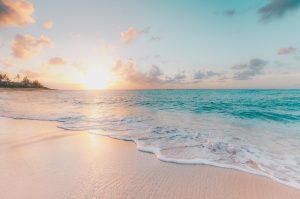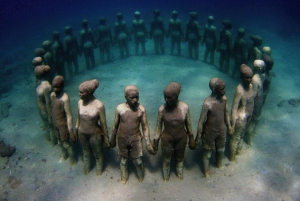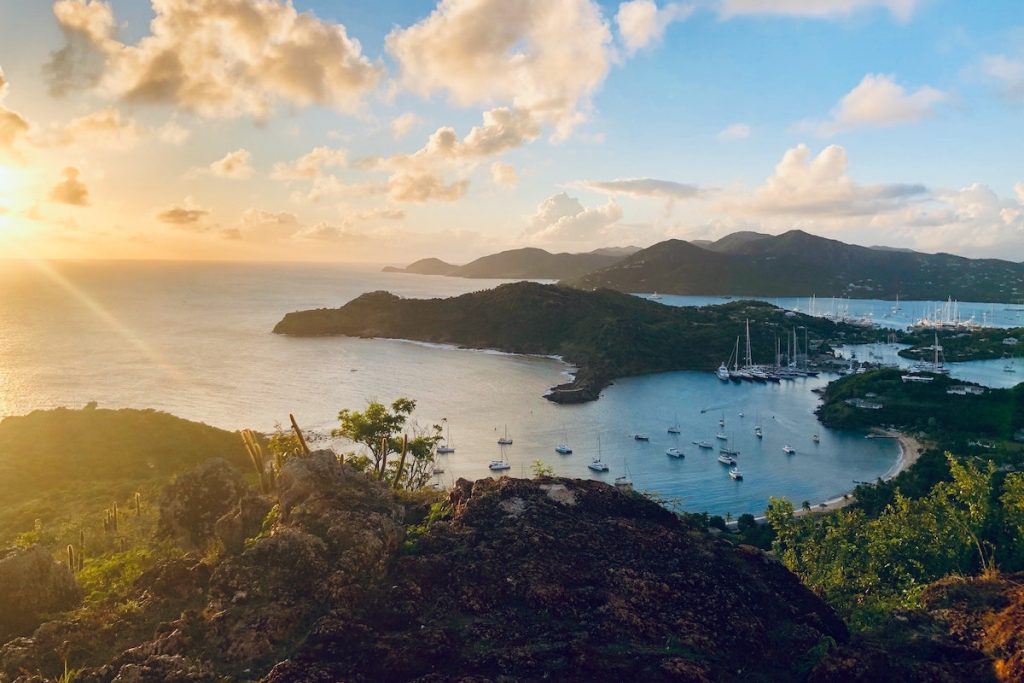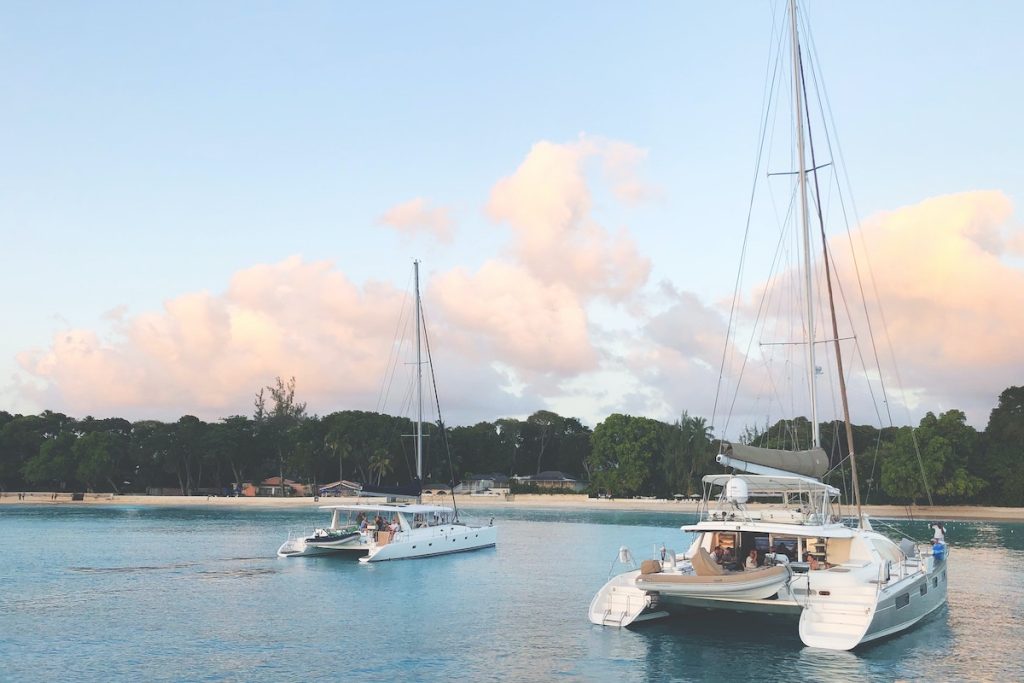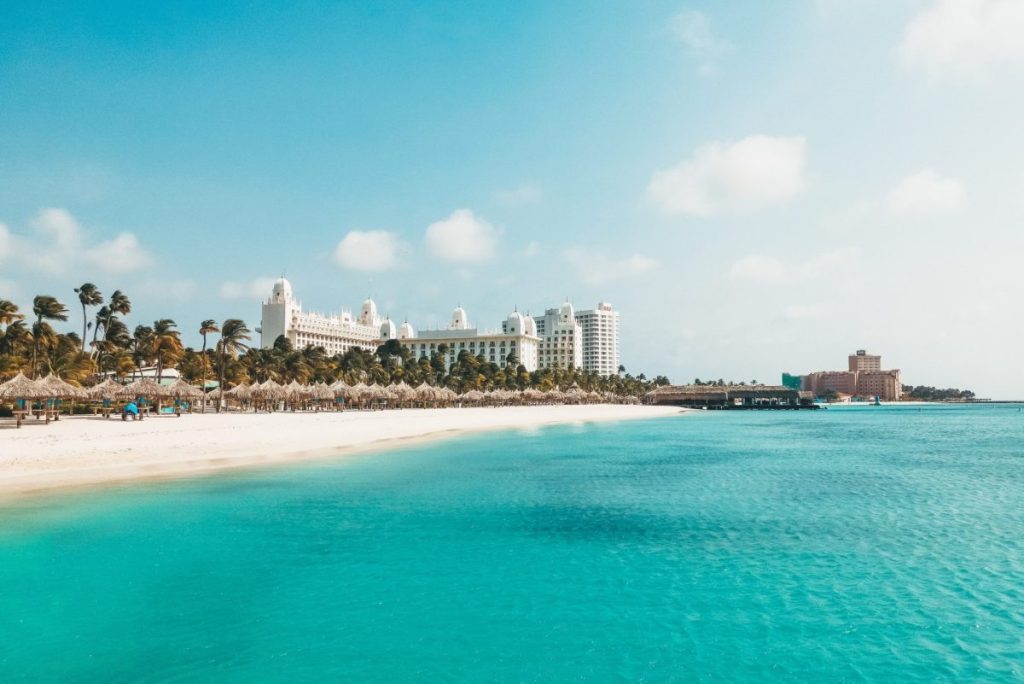The Caribbean islands are what this blog is all about. However, due to the complex history of the region and its definitions, it is worth spending some time on explaining what we mean by “Caribbean islands” and what other classifications exist that define parts of this beautiful part of the world. Let’s start with the core question:
What is the Caribbean region?
By all scholarly definitions, the Caribbean region includes the Caribbean sea and all lands that share a coast with it. In effect, tens of countries and territories in North, Central and South America make up the Caribbean. Hence, besides the many bigger and smaller islands, this definition also includes continental countries like: Belize, Costa Rica, Columbia, Guatemala, Honduras, Mexico, Nicaragua, Panama and Venezuela. Defined this way, the Caribbean has a population of over 300 million and makes up a very diverse territory of tens of cultures and languages.
What are the Caribbean islands?
As opposed to the larger definition of the Caribbean, the Caribbean islands represent a much smaller region, both in terms of population and land mass. From a geographic point of view, the Caribbean islands are all lands in the Caribbean sea that are not part of the mainland American continent. As such, this includes +700 islands east and south of Florida and all the way to the coast of Venezuela. In fact, the name most used for the islands of the Caribbean region is West Indies, which stands for all territories encountered by Columbus and claimed by one of the colonial empires back in the 15th, 16th and 17th centuries.
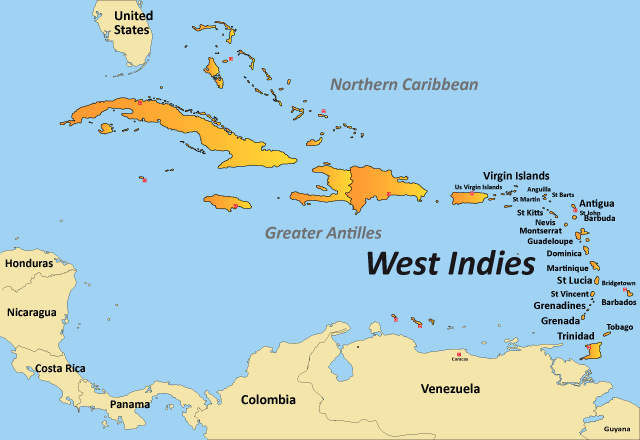
What are the Antilles?
Ok, so we know West Indies mean all of the Caribbean islands, but you may have heard the term Antilles before and wonder how that name fits into the bigger picture? In essence, the name Antilles originates from a Portuguese word Antillia that means a phantom island supposedly discovered by Christian bishops who sailed west from Spain in the 8th century, seven hundred years before Columbus departed for his first voyage in 1491. The legend goes that Christian explorers built several settlements on this mysterious island and intended never to come back to Europe, which at the time, was dominated by Muslim invaders.
Although the truth behind the story was never confirmed, the name of Antilles became synonymous with a large group of islands that make up West Indies. Specifically, Greater Antilles represent the islands in the western part of the Caribbean and include, Cuba, Hispaniola, Puerto Rico, Jamaica and Cayman Islands, whereas Lesser Antilles represent all islands east and south of Greater Antilles (+30 countries and territories). Finally, there are also the Leeward Antilles, which mean islands along the coast of Venezuela and include Aruba, Bonaire and Curacao.
What is the Lucayan Archipelago?
Although the Antilles account for +90% of the territory and population of the Caribbean islands, they do not include The Bahamas and Turks and Caicos. One reason why these are treated separately to the Antilles is that, strictly speaking, the two territories are not bordering the Caribbean sea since they are separated from it by Cuba and Hispaniola. Interestingly, however, although they make a small account of population and land of the Caribbean islands, the Lucayan Archipelago contains twice as many islands as all the Antilles put together.
What are the Leeward and Westward islands?
As if there was not enough island designation already, eastern Caribbean islands starting with the northernmost Antigua and Barbuda and southernmost Trinidad and Tobago have an additional naming category. Over the centuries of colonial history, the Spanish and then the British started to call Anguilla, St.Martin/Marteen, Antigua and Barbuda as well as Montserrat with a designation of Leeward Islands whereas Guadeloupe, Dominica, Martinique, Barbados, St. Lucia. St. Vincent and the Grenadines, Grenada as we all Trinidad and Tobago became called Westward Islands. Although the naming originates from lingo of sailors (in sailing terminology, “windward” means towards the source of the wind, while “leeward” is the opposite direction), the current names simply reflect the geographical proximity of these two groups of islands to each other.
To help better grasp all of the above mentioned Caribbean naming convention, check out the map below showing all of the Caribbean islands and their groupings:


